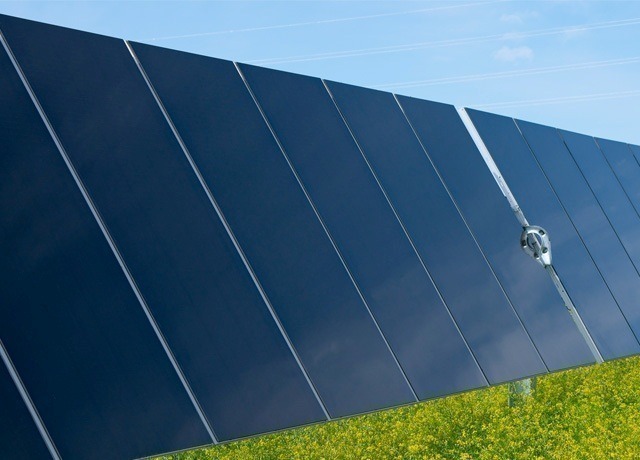China’s latest government incentives are driving a surge in solar demand, creating a sense of supply tightness in the photovoltaic (PV) module market. TrendForce projects that this increase will peak in March and April 2025, leading to higher prices across the solar value chain in the second quarter.
The recent announcement of new solar pricing regulations in late January and early February, particularly the removal of fixed feed-in tariffs after May 31st, has triggered a rush to install solar systems. This is especially evident in distributed solar installations, which are expected to reach their highest levels in the second quarter, according to the latest TrendForce report.
Despite strong demand, polysilicon suppliers have maintained low utilization rates, leading to rising prices. Market expectations indicate that polysilicon prices could reach CNY 45/kg in the second quarter. However, this demand boom is expected to be short-lived, with a significant contraction anticipated in the third quarter. As electricity costs contribute substantially to raw material production, manufacturers may ramp up production in the summer hydroelectric season when electricity is cheaper. This could lead to oversupply and a decline in prices.
The strong demand for wafers is expected to persist into the second quarter, fueled by China’s distributed solar installations and recovering international demand. As leading wafer suppliers uphold production discipline, prices are likely to continue rising. The 210R N-type (G12R N-type) wafers, in particular, are projected to see the largest price increases. April’s prices are expected to rise by over 3.5 percent month-on-month, but with demand dropping in the third quarter, wafer prices may decline depending on production levels.
Rising module prices have also driven up cell prices. Inventory levels remain stable, with capacity expansion concentrated among top-tier suppliers. In April, M10L TOPCon and G12 TOPCon cell prices are forecasted to rise by 1.7 percent month-on-month, while G12R TOPCon may increase by 6.67 percent. Given the pace of price transmission, solar cell prices are likely to be the first to react to shifts in module pricing. However, this upward trend may slow by May, and increased competition in the third quarter is expected to push cell prices downward.
The surge in demand for distributed solar generation has also led to aggressive inventory stockpiling by distributors. Leading module suppliers have raised prices multiple times, with spot prices reaching CNY 0.73/W and average prices around CNY 0.70/W. While demand in other regions remains stable, traders in markets such as Pakistan have increased imports, anticipating a global supply crunch. As the installation boom subsides by the end of the second quarter, demand is expected to decline sharply. Increased competition in the third quarter could drive module prices back down to CNY 0.70/W or even lower.
GreentechLead.com

